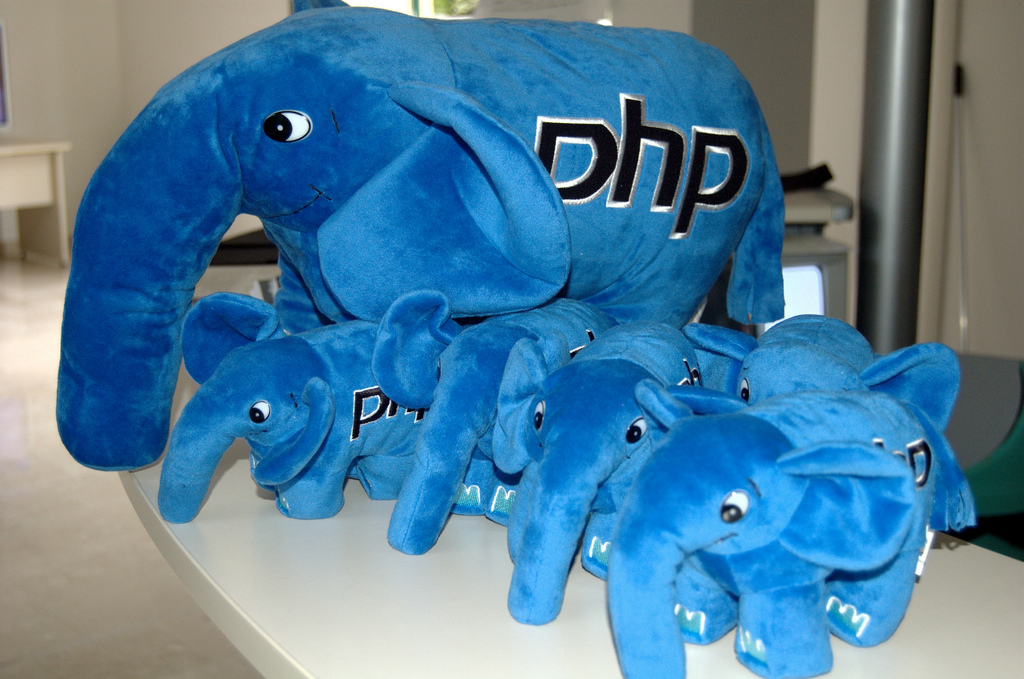Welcome to the dynamic duo of global web performance: PHP and Cloud CDN! In today’s fast-paced digital landscape, delivering content quickly and efficiently to users worldwide is essential. By combining the power of PHP, a popular server-side scripting language, with Cloud Content Delivery Networks (CDN), websites can reach new heights of speed, accessibility, and reliability. Let’s dive into how this winning combination can revolutionize your online presence!
Understanding PHP and Its Role in Web Development
PHP, which stands for Hypertext Preprocessor, is a popular scripting language used in web development. It is known for its versatility and ability to interact seamlessly with databases like MySQL. PHP allows developers to create dynamic web pages that can adapt to user input and deliver personalized content.
One of the key roles of PHP in web development is handling server-side tasks such as processing form data, generating dynamic page content, and managing session variables. With PHP, developers can build interactive websites that respond to user actions in real-time.
In addition to its functionality, PHP is an open-source language supported by a large community of developers worldwide. This support ensures ongoing updates and improvements to the language, keeping it relevant in today’s rapidly evolving digital landscape.
Understanding the basics of PHP is essential for anyone looking to pursue a career in web development. Whether you’re building a simple blog or a complex e-commerce platform, mastering PHP will give you the tools you need to create engaging and interactive websites that meet modern standards.
How Cloud CDN Enhances PHP Websites
When it comes to enhancing PHP websites, Cloud CDN plays a crucial role in optimizing performance and improving user experience. By caching content closer to users worldwide, Cloud CDN reduces latency and speeds up the delivery of web pages.
This means that when a user accesses a PHP website, the content is served from a server geographically closer to them, resulting in faster load times and smoother navigation. Additionally, Cloud CDN helps distribute traffic efficiently across multiple servers, reducing the risk of downtime during high traffic spikes.
By offloading static assets such as images, CSS files, and scripts to edge servers around the globe, Cloud CDN ensures that PHP websites can handle large volumes of requests without compromising speed or reliability. This ultimately leads to improved SEO rankings and higher conversion rates for businesses leveraging PHP technology with Cloud CDN integration.
Real World Examples of Successful Implementation
Have you ever wondered how top companies are leveraging Cloud CDN to enhance the performance of their PHP websites? Let’s take a glimpse into some real-world examples that showcase the successful implementation of this powerful combination.
Company X, a leading e-commerce giant, witnessed a significant boost in website speed and reliability after integrating Cloud CDN with their PHP platform. This resulted in improved user experience and increased conversion rates.
Similarly, Company Y, a popular media streaming service provider, utilized Cloud CDN to efficiently deliver high-quality content to users across the globe. The seamless integration with PHP ensured smooth playback and reduced buffering times for their audience.
Company Z, a renowned SaaS provider, successfully scaled its operations by harnessing the power of Cloud CDN for faster data retrieval and lower latency. This enabled them to cater to a growing customer base without compromising on performance.
Best Practices for Integrating PHP with Cloud CDN
When it comes to integrating PHP with Cloud CDN, there are some best practices to keep in mind for optimal performance and efficiency. First and foremost, ensure that your PHP code is well-optimized to minimize server load and response times. This includes utilizing caching mechanisms and optimizing database queries.
Additionally, consider leveraging HTTP/2 protocol for faster content delivery over the network. By enabling compression and minification of assets like CSS, JavaScript, and images, you can further reduce load times and improve overall user experience.
Make use of lazy loading techniques for images and videos to prioritize essential content rendering. Implementing responsive design practices will also help deliver a seamless experience across various devices.
Regularly monitor performance metrics using tools like Google PageSpeed Insights or GTmetrix to identify areas for improvement and fine-tune your integration accordingly. By following these best practices, you can ensure a smooth integration of PHP with Cloud CDN for enhanced global access and performance.
The Future of Global Access and Performance with PHP and Cloud CDN
As technology continues to advance, the integration of PHP with Cloud CDN opens up a world of possibilities for enhancing global access and performance. By leveraging the power of Cloud CDN, websites built using PHP can deliver content faster and more efficiently to users around the world.
With real-world examples showcasing successful implementations and best practices for integrating PHP with Cloud CDN, website developers have a valuable tool at their disposal to improve user experience and increase engagement.
The future looks promising for those who embrace this powerful combination. It is clear that PHP and Cloud CDN are here to stay, providing a solid foundation for optimizing web performance on a global scale. Stay ahead of the curve by incorporating these technologies into your web development strategies, and unlock the full potential of your online presence.


Leave A Comment Cancel reply